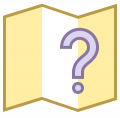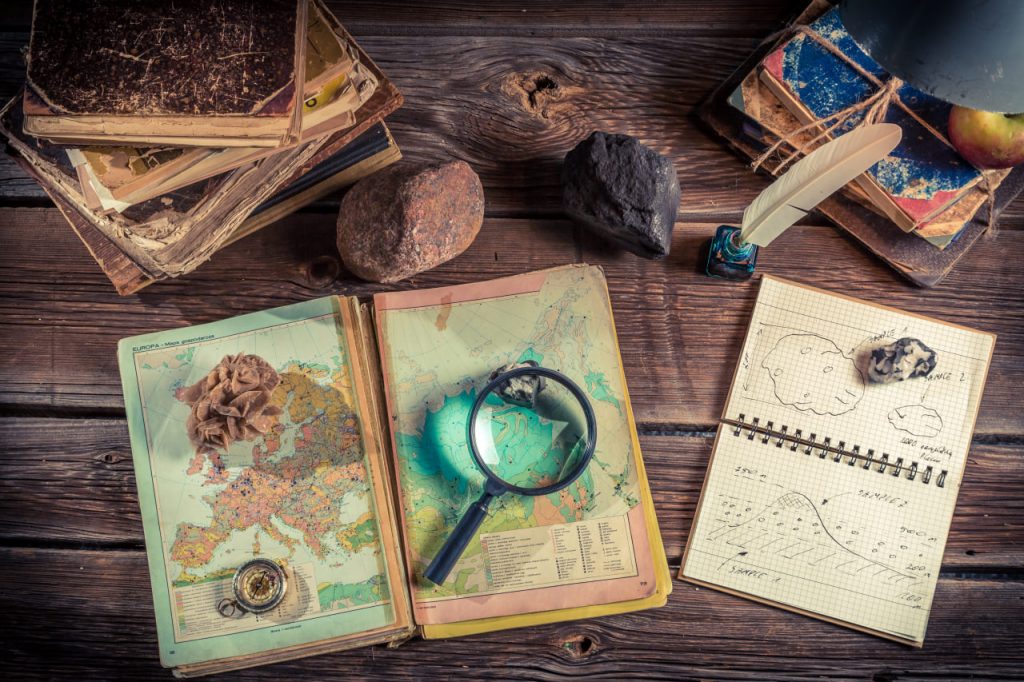Introduction
Symbols are the secret language of maps. With a few well-placed marks, a blank landscape transforms into a world full of castles, ruins, enchanted groves, and hidden dangers. In this article, we’ll explore how to design fantasy map symbols and icons that feel unique, ancient, and believable — and how to use them to add depth and personality to your world.
1. The Power of Simplification
A symbol is a simplified story. A small triangle can mean a towering peak; a circle with rays might mark a holy site. The goal is not realism — it’s clarity and mood. Ask yourself:
- What’s the quickest way to show a place is important?
- How can I make this symbol feel like it comes from this world, not ours?
Start with real-world inspiration, then exaggerate or stylize to match your setting.
2. Inventing Your Own Visual Language
The best fantasy maps often use a consistent set of custom symbols. To build your own:
- Choose a line style: rough and scratchy, clean and curved, etched and angular?
- Decide on shape motifs: triangles, spirals, diamonds, broken lines?
- Create a symbol chart for places like towns, mines, temples, battlefields, portals, etc.
This not only looks professional — it helps viewers “read” your world at a glance.
3. Let Culture Shape Your Icons
Just like writing systems vary by culture, so do symbols. A human kingdom’s fortress might be drawn as a solid square. An elven temple could be shown as a stylized tree with roots and branches. Think about:
- What would this culture emphasize?
- What do they fear, worship, or trade?
- Do their maps hide things in symbolism or display everything openly?
These details make the symbols feel handcrafted within your world.
4. Magic, Mystery, and Hidden Icons
Fantasy maps often include symbols that hint at the unknown:
- A circle of stones marked only with a swirl
- A mountain with a glowing eye symbol
- A shipwreck icon in the middle of an inland forest
These can serve as adventure hooks or lore pieces, suggesting forgotten history or dangerous secrets. They invite the viewer to wonder what lies just off the edge of the map.
Conclusion
Symbols do more than decorate — they give your world a language. Whether you use them for clarity, mystery, or cultural storytelling, well-designed icons turn a good map into a great one. They connect geography with imagination — and spark stories the moment someone starts to look.

